Entry Type: Event
aka: Albert Blades (Lynching of)
 BLM March
BLM March
 BLM March
BLM March
 Lisa Blount at Academy Awards
Lisa Blount at Academy Awards
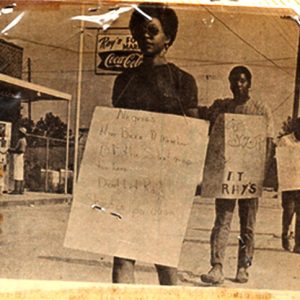 Blytheville Protesters
Blytheville Protesters
Blytheville Boycotts of 1970–1971
Blytheville Comic Book Ban of 1954–1955
Bob (Lynching of)
Bogan, West (Trial of)
Boggs’ Mills, Skirmish at
Bogle, Gus (Execution of)
Bonanza Race War of 1904
Boodle Prosecutions
aka: Boodle Scandal of 1905–1908
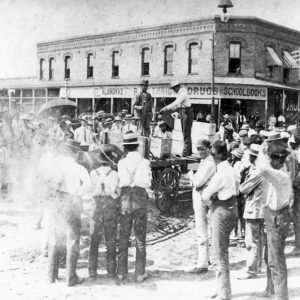 Bootlegged Liquor
Bootlegged Liquor
Bowles (Lynching of)
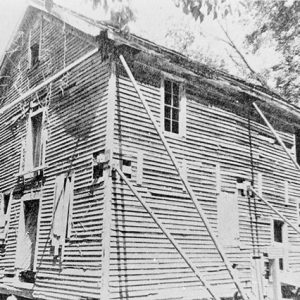 Boxley Mill
Boxley Mill
Boyd, Leonard (Lynching of)
Bracero Program
Bradley County Pink Tomato Festival
Brake, Bud (Reported Lynching of)
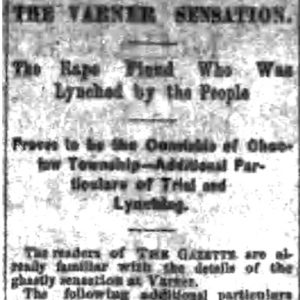 Branch Lynching Article
Branch Lynching Article
Branch, Charley (Lynching of)
Branchville, Skirmish at
 Brandywine Article
Brandywine Article
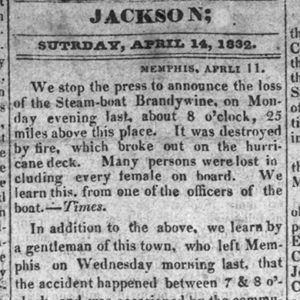 Brandywine Article
Brandywine Article
Branton v. State
 Breeches Panic Propaganda Image
Breeches Panic Propaganda Image
Brewer, Brown (Execution of)
Briggs, Clinton (Lynching of)
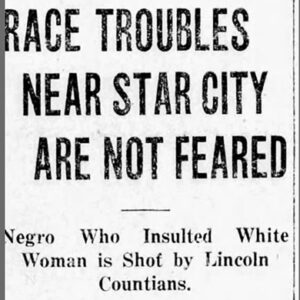 Briggs Lynching Article
Briggs Lynching Article
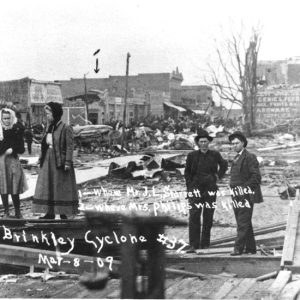 Brinkley Cyclone Damage
Brinkley Cyclone Damage
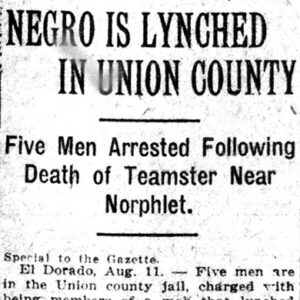 Ed Brock Lynching Article
Ed Brock Lynching Article
Brock, Ed (Lynching of)
Brodie (Lynching of)
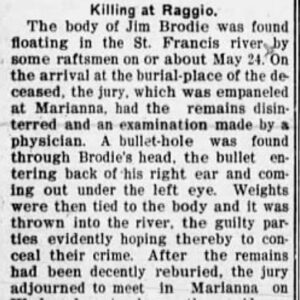 Brodie Lynching Article
Brodie Lynching Article
Brooks (Lynching of)
 Brooks-Baxter War
Brooks-Baxter War
Brooks-Baxter War
 Charles Brough at Elaine
Charles Brough at Elaine
 Brown Lynching Article
Brown Lynching Article
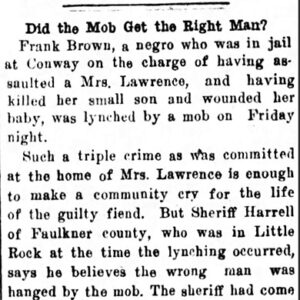 Brown Lynching Article
Brown Lynching Article
Brown, Frank (Lynching of)
Brown, Whit (Execution of)
Brown, William (Execution of)
Brown, William Montgomery
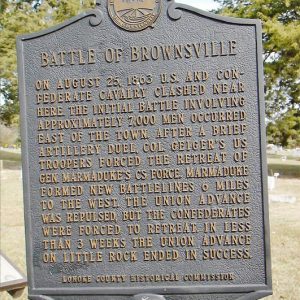 Brownsville Skirmish
Brownsville Skirmish




